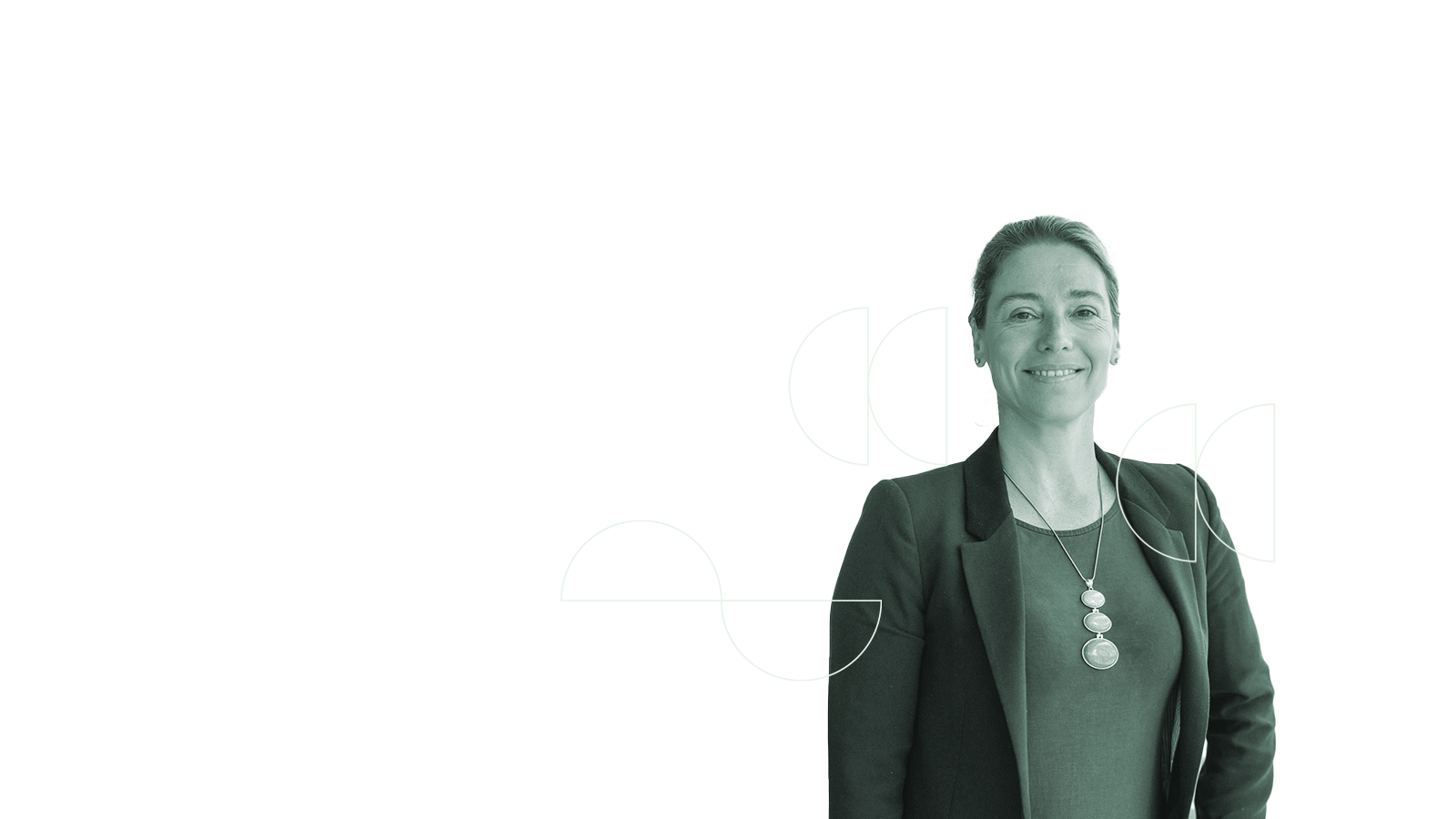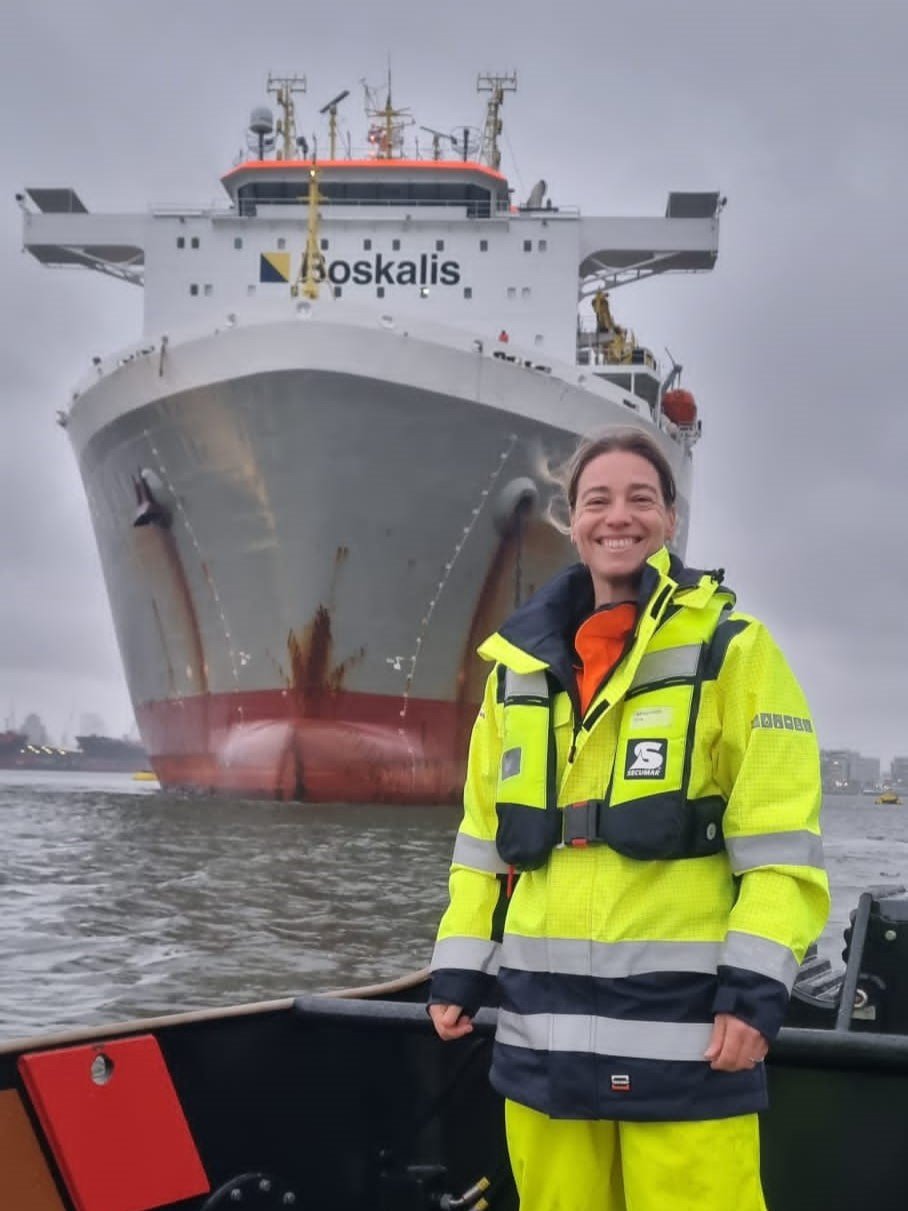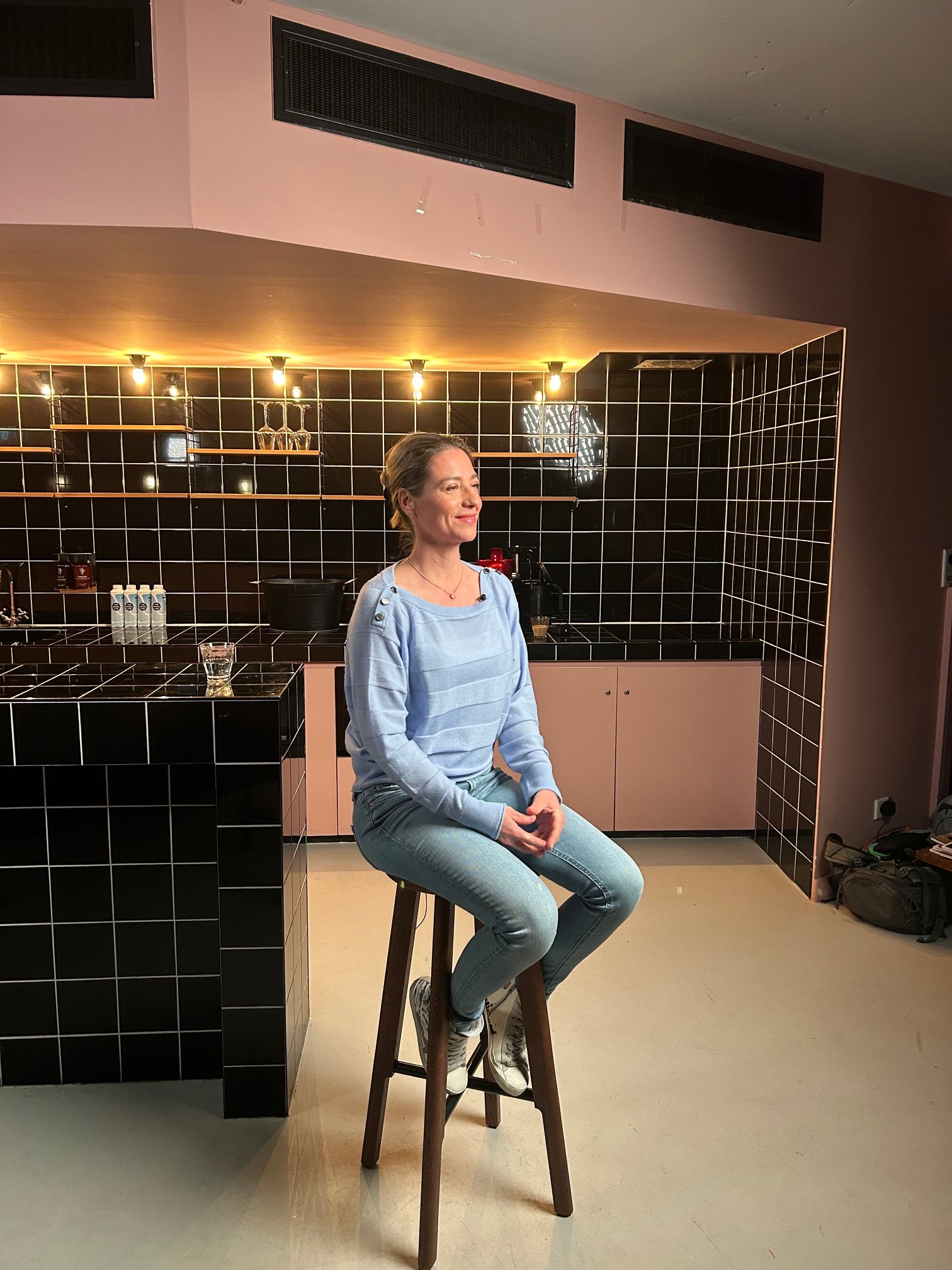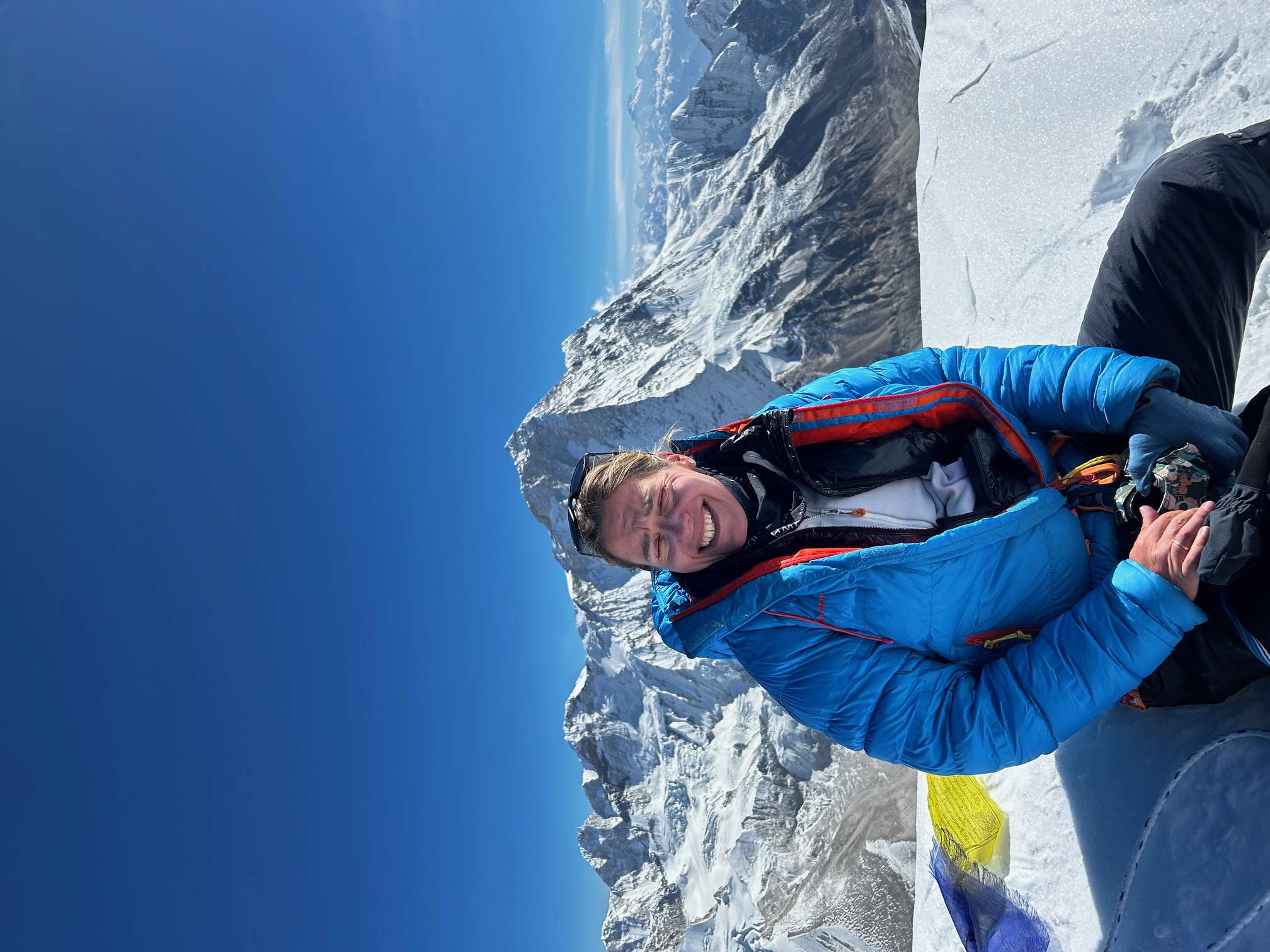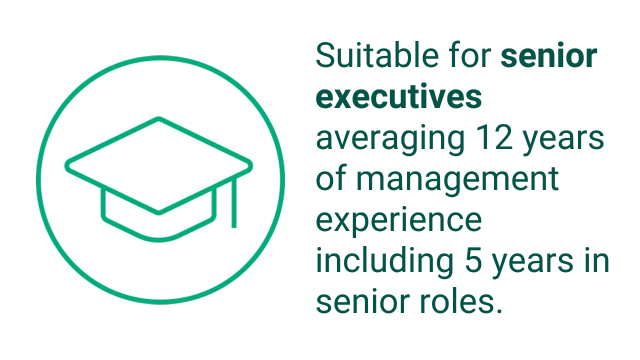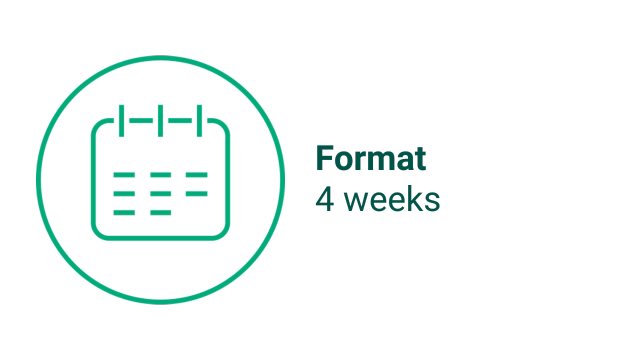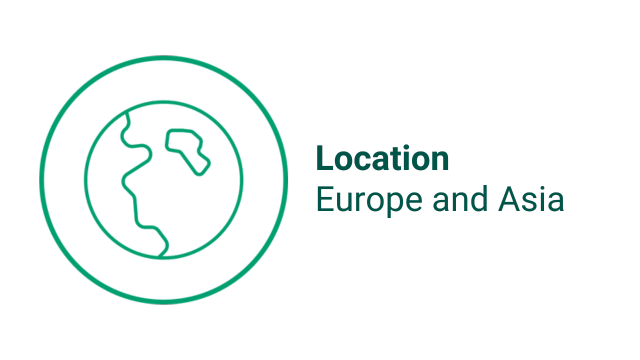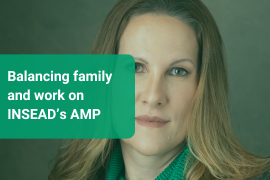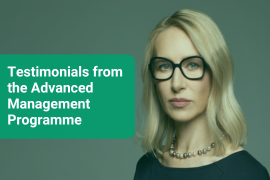Senior leaders play a crucial two-fold role; how they authentically show up as leaders, sponsors, and allies, and the policies they establish.
At Eneco, we believe that diverse organisations outperform in the long run, but achieving diversity is not just about hiring—it requires fostering equity, inclusivity, and truly listening to create meaningful outcomes.
Leaders must model inclusivity and take accountability for creating a workplace where everyone feels valued. At Eneco, our 50% female board reflects the strength of our DE&I strategy. Additionally, with six active Business Resource Groups and a DE&I board chaired by our CEO, we are driving real, sustainable change.
How have you used your influence to support other women in achieving more in their careers?
Throughout my career, I have actively volunteered, allied with, or sponsored DE&I initiatives. I strive to be my authentic self in every role, something that I find key to driving these initiatives. It has always resonated deeply in me to be involved in Business Resource Groups (BRGs) and diversity initiatives, engaging actively in mentorship programmes and advocating for equal opportunities.
What tangible steps can organisations take to create a culture of equality at the leadership level?
At Eneco, we view diversity as a strength that drives innovation, enhances decision-making, and boosts performance. Beyond our 50% female board, we have an active women’s network and a governance framework led by our CEO. We also prioritise gender equality through workshops, training sessions, and a mentorship programme that supports women in leadership roles.
Creating an inclusive culture isn’t just about policies; it’s about embedding inclusion in daily decision-making.
What advice would you give to those looking to champion women’s leadership in their organisations?
Having been raised with the mindset that I could achieve anything I set my mind to, I was fortunate to have a career where I consistently found sponsors and allies, rarely feeling constrained by the “glass ceiling.”
However, in hindsight, I had few female role models. Today, I make a conscious effort to surround myself with diverse leaders and serve as a role model for others.
Finally, involving men as allies and sponsors is key.
Engaging them—whether as mentors, sponsors, or part of a BRG—helps make the effort something everyone cares about. When men see gender equality as a strategic advantage, we unlock the full potential of our teams, strengthening our company and improving performance. By making inclusivity a shared responsibility, we build workplaces where everyone can thrive.
More information about the programme Karen attended:
INSEAD's Advanced Management Programme is a comprehensive General Management programme designed to help senior executives like C-Suite leaders and Heads of Division build exceptional levels of strategic, high-performance and self-aware leadership skills.
Programme benefits


